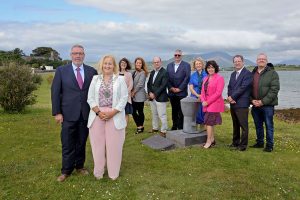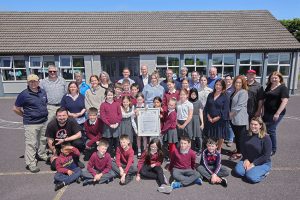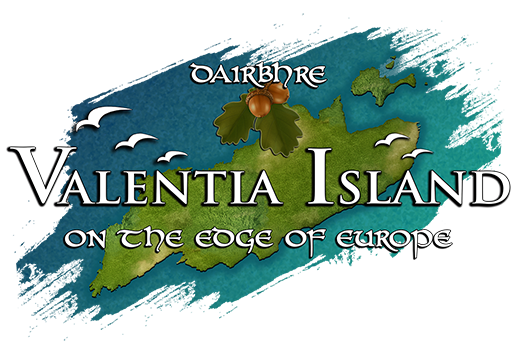In a historic reaffirmation of the bonds that have linked Valentia Island in County Kerry, Ireland, and Heart’s Content in Newfoundland, Canada, a delegation from Newfoundland recently visited Valentia Island. The visit, part of an ongoing UNESCO Heritage project, celebrated the pivotal role both villages played in the 19th century in connecting the Old and New Worlds through the transatlantic cable.
Historical Significance of Valentia and Heart’s Content
In the late 1800s, the successful connection of the transatlantic cable between London and New York via Valentia Island and Heart’s Content revolutionized global communications. This achievement positioned the two villages at the forefront of the emerging global communications industry, marking the beginning of globalization and bridging continents and cultures.
The Canadian Delegation’s Visit
Hosted by the Valentia Island Development Company and the Valentia Transatlantic Cable Foundation, in collaboration with Kerry County Council, the delegation from Newfoundland was led by the Honourable Steve Crocker, Minister of Tourism, Culture, Arts and Recreation. The delegation included several officials and members of the Heart’s Content community, reciprocating a visit from Kerry to Heart’s Content in August 2023.
Week-Long Activities and Engagements
During their visit, the Newfoundland delegation participated in various activities that underscored the historical importance of the Transatlantic Cable project:
- Tour of Historic Sites: The delegation toured significant sites such as the Cable Station, Foilhummerum Bay, Glanleam House, and the Heritage Centre, all central to the story of the transatlantic cable.

- School Visit in Chapeltown: Minister Crocker presented the school with a copy of a Memorandum of Understanding (MOU) signed in September 2022, establishing a framework for cooperation between the two governments concerning the UNESCO World Heritage nomination for the Transatlantic Cable Ensemble.

- Community Reception: The delegation was honoured at a community reception at the Cable Station. Speeches by Minister Crocker and outgoing Cathaoirleach of Kenmare MD, Norma Moriarty, highlighted the deep historical and cultural ties between the two communities.
Collaborative Efforts for UNESCO Heritage Status
The visit aimed not only to celebrate shared history but also to foster future cooperation. Teams from both sides of the Atlantic worked on several important initiatives:
- Joint Management Structure: They collaborated on establishing a joint management structure and setting milestones for the UNESCO inscription journey.
- Community Partnership Workshop: A workshop was conducted to explore shared interests and identify joint projects with potential socio-economic benefits for both communities.

Conclusion of the Visit
The delegation’s visit concluded with a reception at the Canadian Embassy in Dublin, further solidifying the strong ties between Ireland and Canada. This visit represents a significant step in the ongoing efforts to achieve UNESCO World Heritage status for the Transatlantic Cable Ensemble. It also reinforces the historical connection and shared heritage between Valentia Island and Heart’s Content, promising to preserve their rich history and foster socio-economic development through shared cultural and historical projects.



